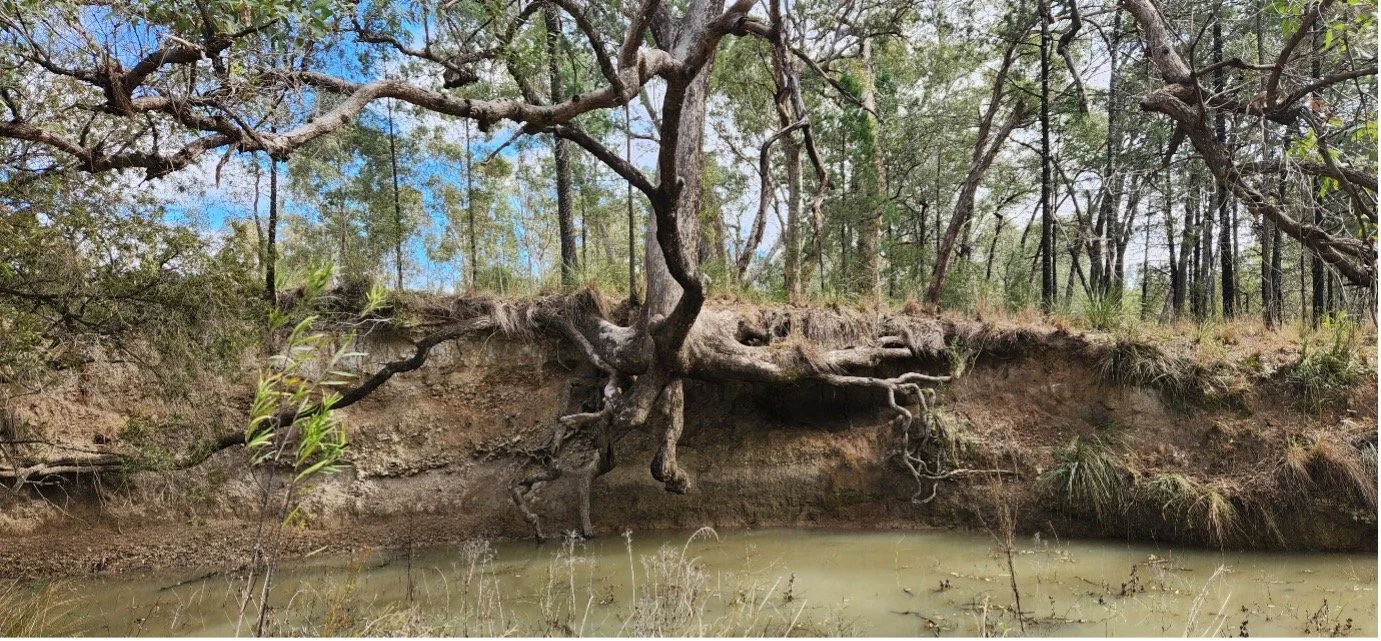Mapping the Invisible: Revealing Australia’s Hidden Soil Microbial Highways
YIJIA TANG, Mingming Du, Dr. Budiman Minasny, and Dr. Alex mcbratney - School of life and environmental sciences and SYDNEY INSTITUTE OF AGRICULTURE, the university of sydney (AUSTRALIA)
Beneath Australia’s diverse and ancient soils lies a living world that quietly sustains everything above it - billions of soil organisms recycling carbon, unlocking nutrients, and building the foundation of life itself. Yet until recently, we knew little about where these microbes live or how they respond to a changing environment. The study focused on bacteria - the most abundant and adaptable soil organisms, tracing how life belowground responds to the shifts in soil and climate. To uncover this hidden network, we gathered nearly 2,000 soil samples from across the continent and used machine learning and digital soil mapping to trace the distribution of dominant soil bacterial genera.
When we combined soil chemistry, climate, and land-use data with microbial community profiles, clear patterns emerged. Australia’s soil bacteria form distinct “neighbourhoods”: some thrive in the arid heart of the continent, others along cool, carbon-rich coasts, and still others in the lush tropical north. These patterns reveal that soil biodiversity is structured, not random. Just like plants and animals, microbial communities are finely tuned to the environments they inhabit. For example, Rubrobacter thrives in dry, alkaline soils - a biological signature of aridity. Our analysis shows that broad, phylum-level summaries can obscure this nuance. Within a single phylum, different genera may respond in opposite ways - a reminder that microbial diversity is far more intricate than we often imagine.
Maps of the predicted dominant soil bacteria genus distributions across Australia
Predicted distribution maps across Australia reveal how environmental forces shape this invisible landscape. Among all variables, soil pH and soil organic carbon (SOC) emerged as the twin architects of microbial geography. pH defined inland-enriched communities, favouring bacteria adapted to alkaline, mineral-rich soils, while SOC drove coastal-enriched patterns, supporting bacteria that depend on organic matter for energy and resilience. Climatic factors - particularly temperature and rainfall - further explained the gradient from tropical north to temperate south, showing how Australia’s vast climatic range sculpts its microbial life.
Human activity also leaves a clear imprint on this microbial map. As land use intensifies, once-distinct bacterial communities begin to converge - a process of microbial homogenisation that mirrors what we see aboveground. Natural and relatively undisturbed soils host the richest and most distinct bacterial assemblages, while heavily modified land shows a loss of bacterial individuality - a quiet but profound transformation that can weaken soil health and resilience. Yet there is hope. By identifying which microbial groups prosper or decline under different management systems, we can design land-use practices that work with soil biology rather than against it.
Our digital microbial maps now offer a powerful tool to guide conservation and restoration, helping land managers and policymakers pinpoint where biodiversity protection, soil recovery, or carbon management efforts are most needed. Protecting biodiversity means protecting all of it - from the towering eucalyptus to the unseen bacteria that make life possible in every handful of soil. The soil beneath our feet is alive - and now, with the right tools, we can finally see it.
READ THE FULL PAPER HERE: https://onlinelibrary.wiley.com/doi/full/10.1111/mec.70135


